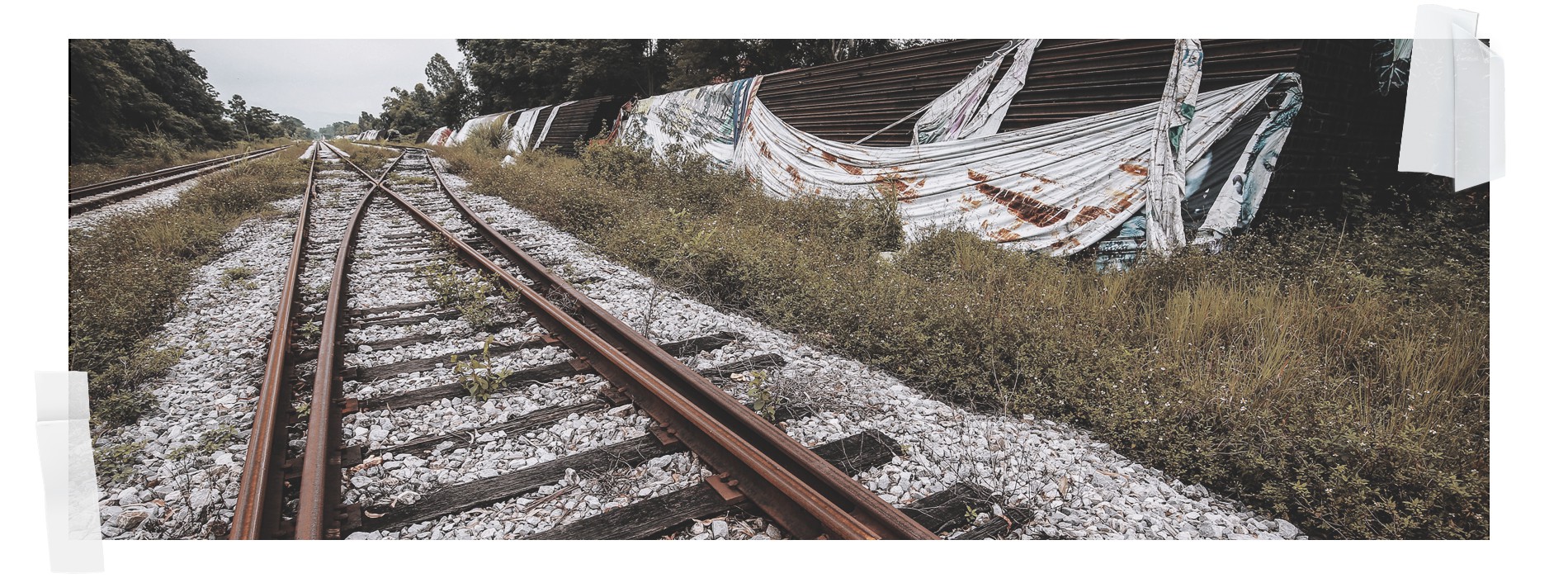A massive railway project in northern Vietnam faces an unclear future, having been deserted since 2011 due to a lack of capital, after consuming VND4,556.4 billion (US$195.93 million) funding from government bonds.
In May 2005, the Ministry of Transport kicked off the Yen Vien - Pha Lai - Ha Long - Cai Lan railway project with a total of VND7,665 billion ($329.6 million) earmarked for investment by the government.
Designed for trains to run at 120 km/h, the project was expected to become a key component in the development of the economy in the northern region, particularly in connecting two corridors and an economic belt between Vietnam and China.
The whole project was meant to span 131km, starting from Yen Vien Station in Hanoi’s Gia Lam District, running through a number of northern provinces, including Bac Ninh and Hai Duong, and ending at Cai Lan Port in Ha Long, the capital of the northern province of Quang Ninh.
Forty-three kilometers of the railway was planned to be newly built while 88km was meant to be comprised of upgraded and renovated tracks from the existing Kep - Ha Long railway line.
The project was also expected to provide passengers with a significantly faster alternative to the seven-hour Yen Vien - Kep - Ha Long route.
Journeys for Yen Vien to Ha Long on the new route were set to take 1.5-2 hours for passenger trains and 3-4 hours for freight trains.
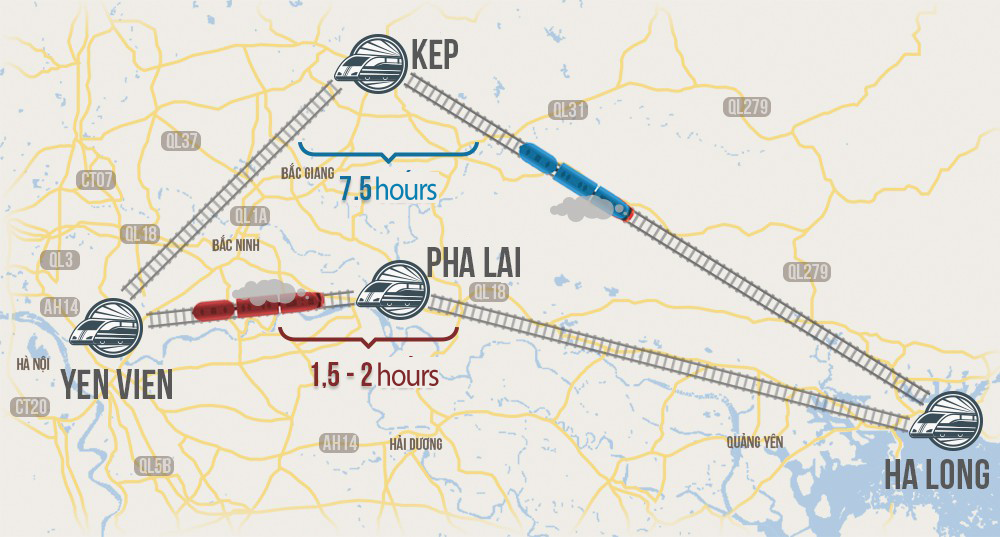 |
| The Yen Vien - Kep - Ha Long and Yen Vien - Pha Lai - Ha Long railway routes are seen in this map. Photo: Tuoi Tre |
Construction ruins
The project was initially scheduled to be put into operation in 2011 but developers fell short of the deadline. Construction was eventually completely suspended the same year, in line with a government resolution to cut public investment.
Now, seven years later, remnants of the project are covered in moss and beginning to decay.
An overpass of the railway crossing the Hanoi - Bac Giang expressway remains only halfway completed, stopping just in the middle of the air due to the halt to construction.
The road crossing a field to Hap Linh Ward, Bac Ninh City in the namesake province, not far from the aforementioned overpass, is now a dyke covered in greenery.
In the same ward, the overpass crossing the National Highway 38 at the Tien Xa area stands tall without two ends.
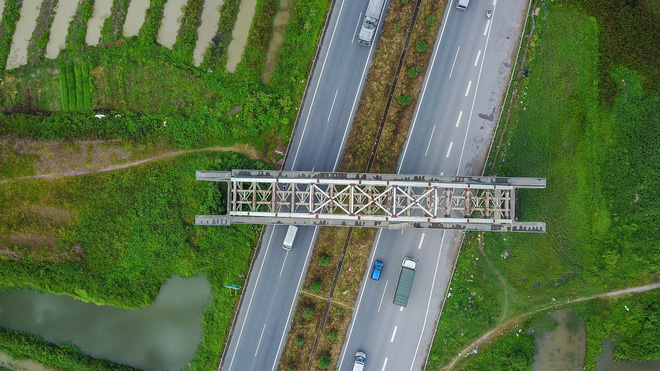 |
| An overpass of the railway crosses the Hanoi - Bac Giang expressway. Photo: Tuoi Tre |
“I heard that the construction of this railway project was stopped due to lack of money,” said a street vendor selling drinks at the Tien Xa area, near the work of a railway bridge in the project.
“So much money had been wasted here now that it’s all abandoned.”
But the most wasteful work component in the project is the railway bridge spanning more than one kilometer across the Luc Dau Giang River, connecting Duc Long Village in Que Vo District, Bac Giang Province with Pha Lai Ward in Chi Linh Town, Hai Duong Province.
Construction was almost completed on this railway bridge, with just the rails left to be installed and one end lacking in Chi Linh.
Over the past seven years, as no one has been to the site, the temporary quarters for construction workers involved in the railway project have been dismantled, leaving only a few shanty rooms.
The once-crowded area is now used as a grazing yard for local livestock.
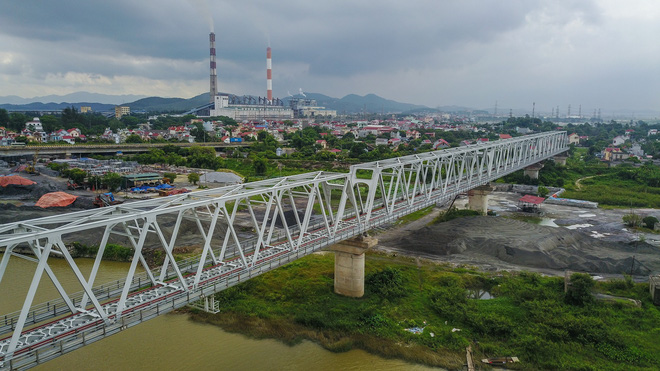 |
| The one-kilometer railway bridge spans across the Luc Dau Giang River. Photo: Tuoi Tre |
Unclear future
The Yen Vien - Pha Lai - Ha Long - Cai Lan railway project is divided into four sub-projects, namely Yen Vien - Lim, Lim - Pha Lai, Pha Lai - Ha Long, and Ha Long - Cai Lan.
Lim is a townlet in Quang Ninh, while Pha Lai is a ward in Ha Long.
After five years of construction, only the last sub-project, a 5.6km link connecting Ha Long’s center and Cai Lan Port in Quang Ninh, was completed and put into use in October 2010
In other words, passengers who want to travel from Hanoi to Ha Long City by train still have no other choice but to board the traditional Yen Vien - Kep - Ha Long route for 7.4 hours, despite the completion of the Ha Long - Cai Lan Port sub-project.
As of September, the modern Ha Long Station, serving the Ha Long - Cai Lan route, only welcomes two trains – one passenger train and one freight train – each day.
This is a huge waste as the terminal is designed to meet international standards, and its six-lane road system is meant to receive six to seven pairs of trains per day, with the capacity to be upgraded to between ten and 11 pairs per day by 2020.
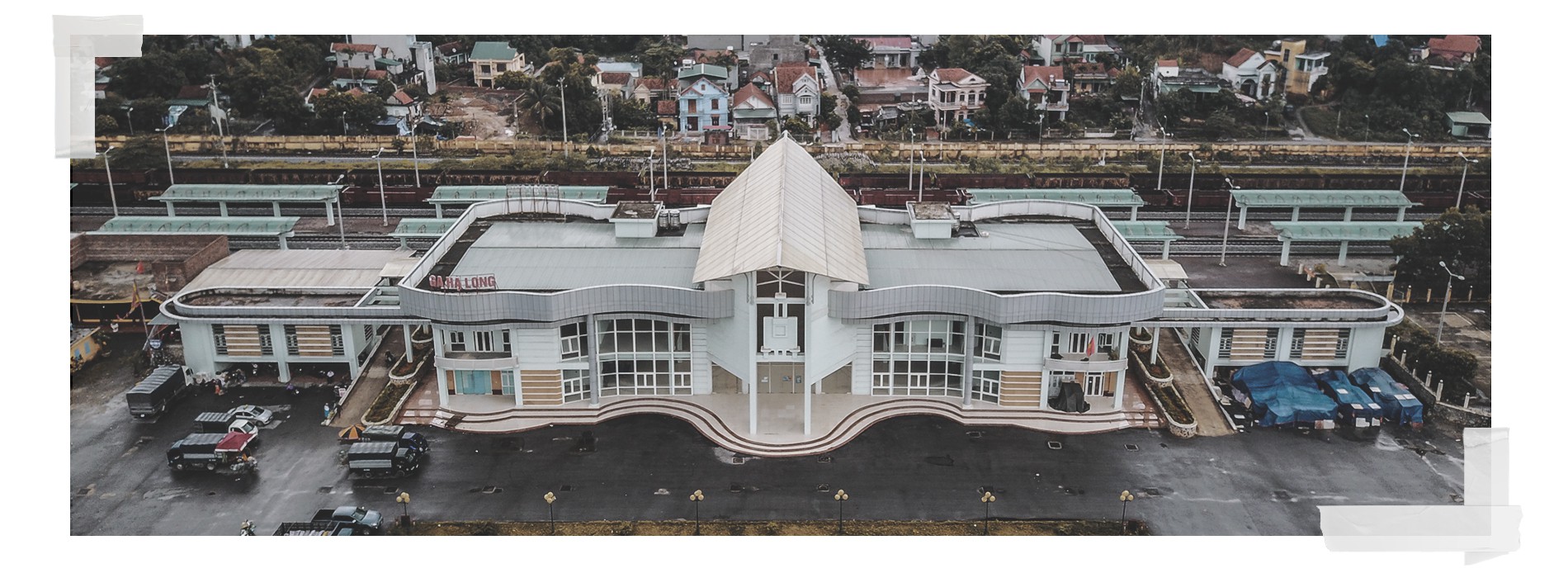 |
| The modern Ha Long Station serving the Ha Long - Cai Lan railway route is seen in this photo. Photo: Tuoi Tre |
According to the Ministry of Transport, it would cost an additional VND6,000 billion ($258 million), apart from VND4,556.4 billion already allocated, for the project to be completed.
Thus, the total investment of the project will amount to VND10,556 billion ($453.91 million), compared to VND7,665 billion approved in 2005.
The increase is attributed to changes in the prices of materials, labor, site clearance, and compensation for relocated families.
Over the years, the Ministry of Transport has had little success in seeking government funding and private investment for the project.
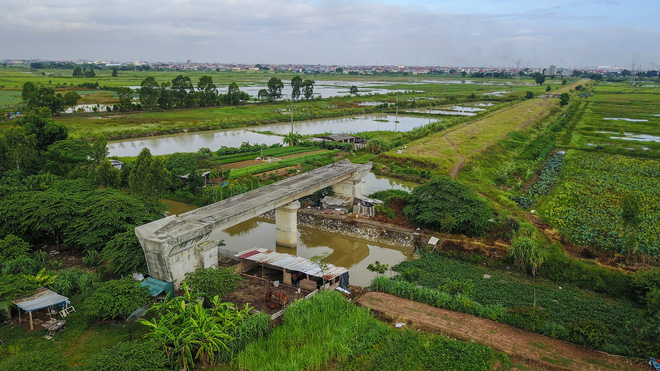 |
The ministry, therefore, has to report to the government to continue postponing this project, according to Deputy Minister of Transport Nguyen Ngoc Dong.
The constructed work items and purchased supplies can only be preserved to avoid damage, Dong said in October.
While the completion date of the Yen Vien - Pha Lai - Cai Lan - Ha Long railway is still uncertain, the Ha Long - Hai Phong expressway has completed its connection with the Hanoi - Hai Phong expressway, shortening the travel time from Hanoi to Ha Long to just one and a half hours.
The appeal of taking the highway, combined with the small number of train passengers on the Yen Vien - Ha Long railway route, is said to make attracting further investment in the railway project more difficult.
 |
| The temporary quarters for construction workers involved in the railway project are seen in this photo. Photo: Tuoi Tre |
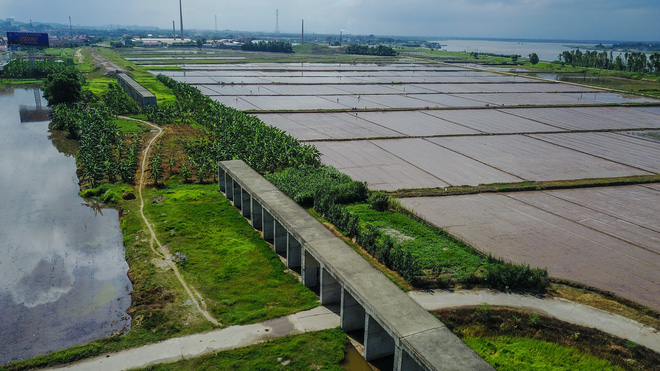 |
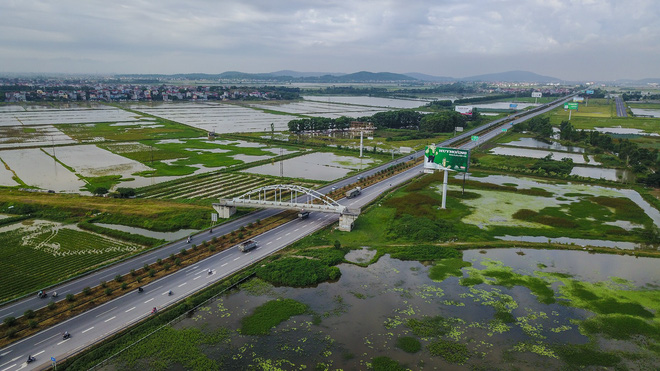 |
| An overpass of the railway crosses the Hanoi - Bac Giang expressway. Photo: Tuoi Tre |
Like us on Facebook or follow us on Twitter to get the latest news about Vietnam!



